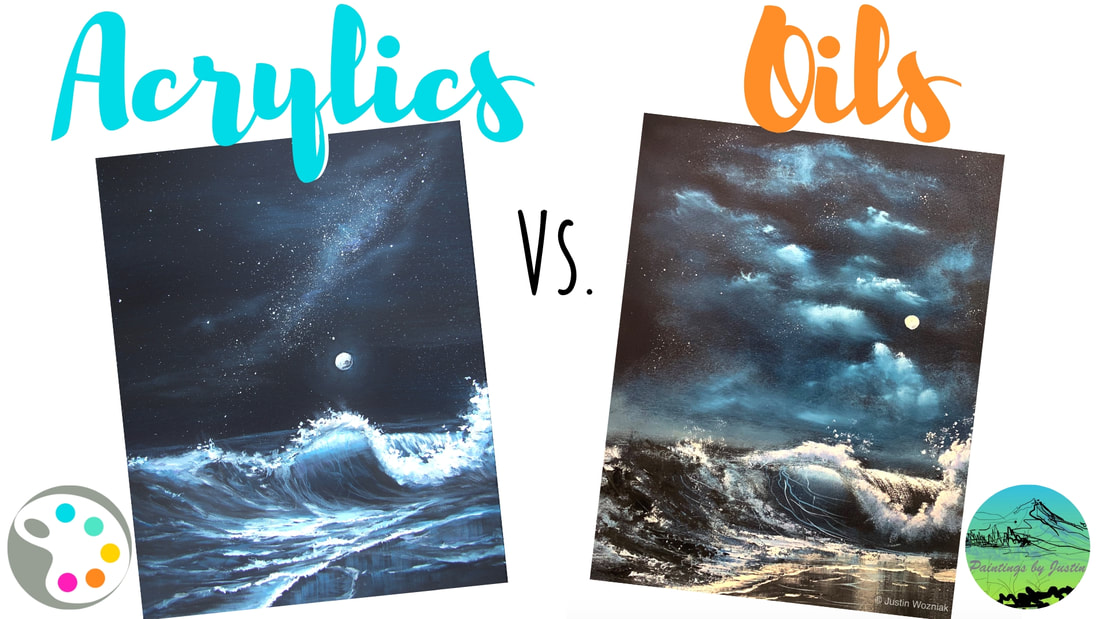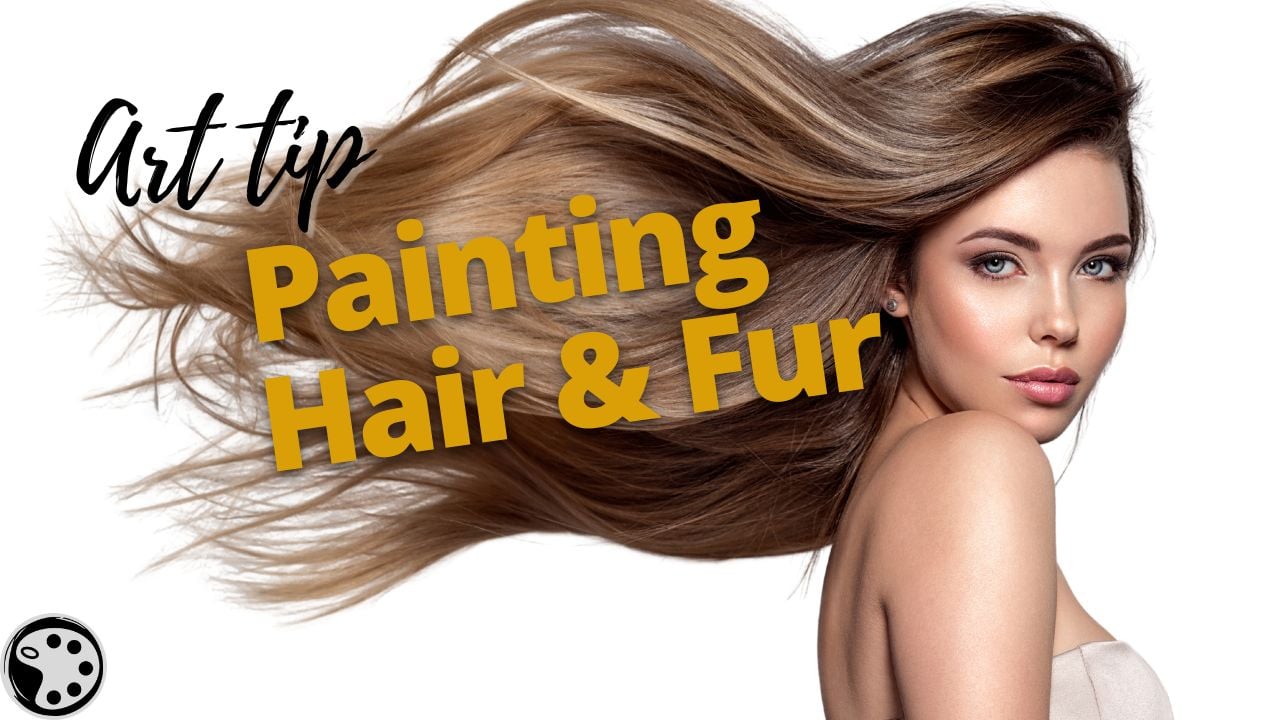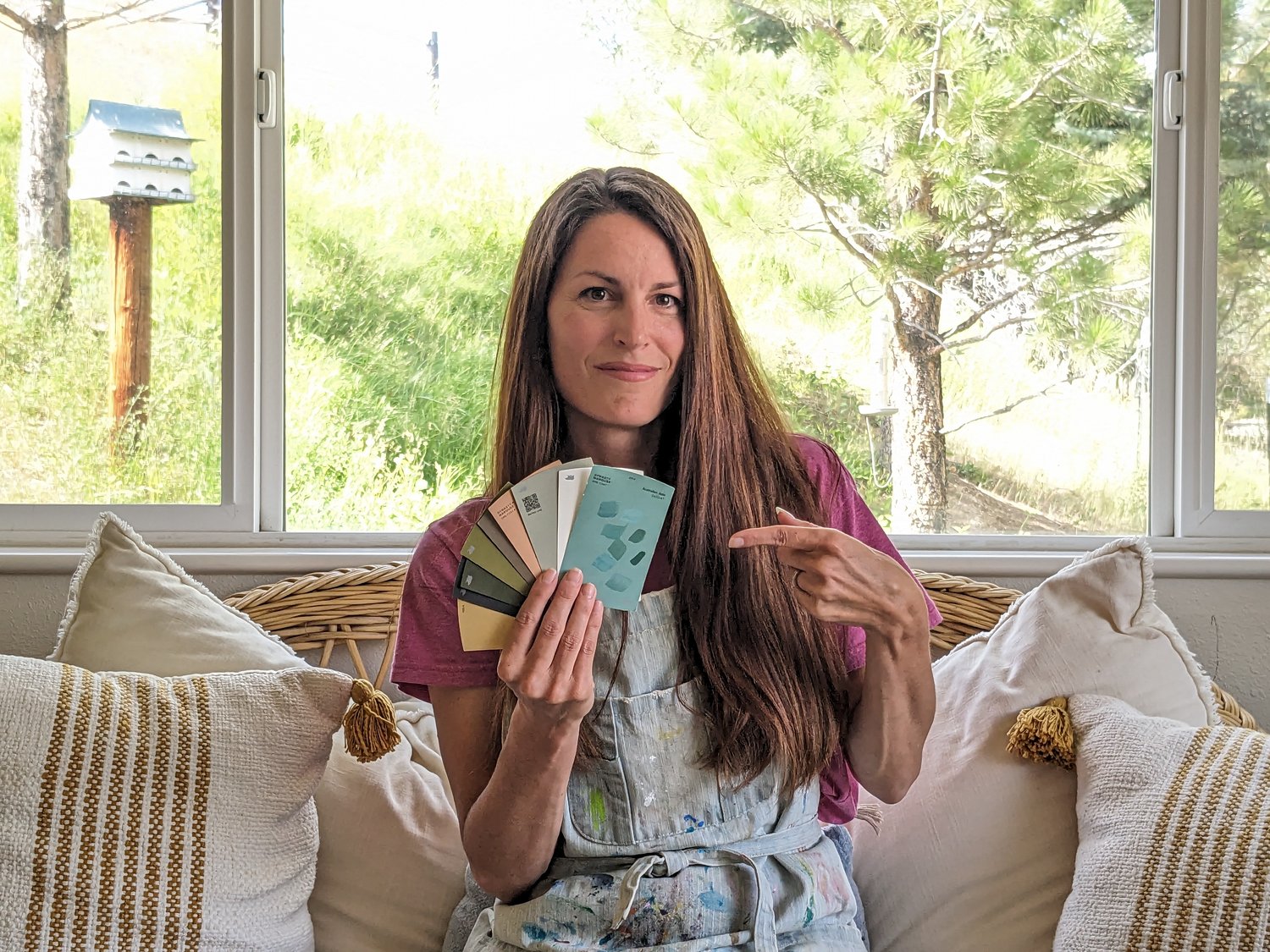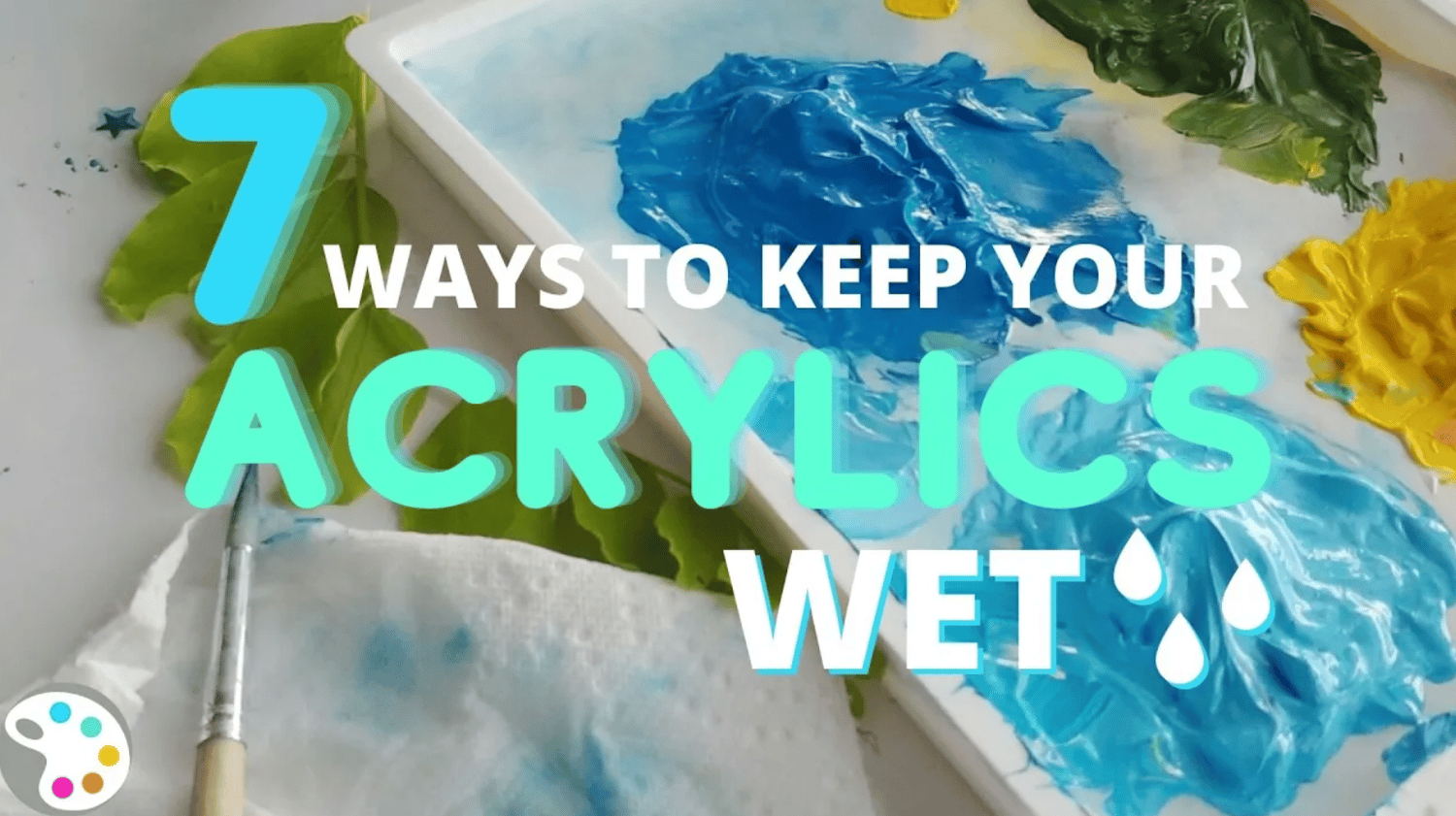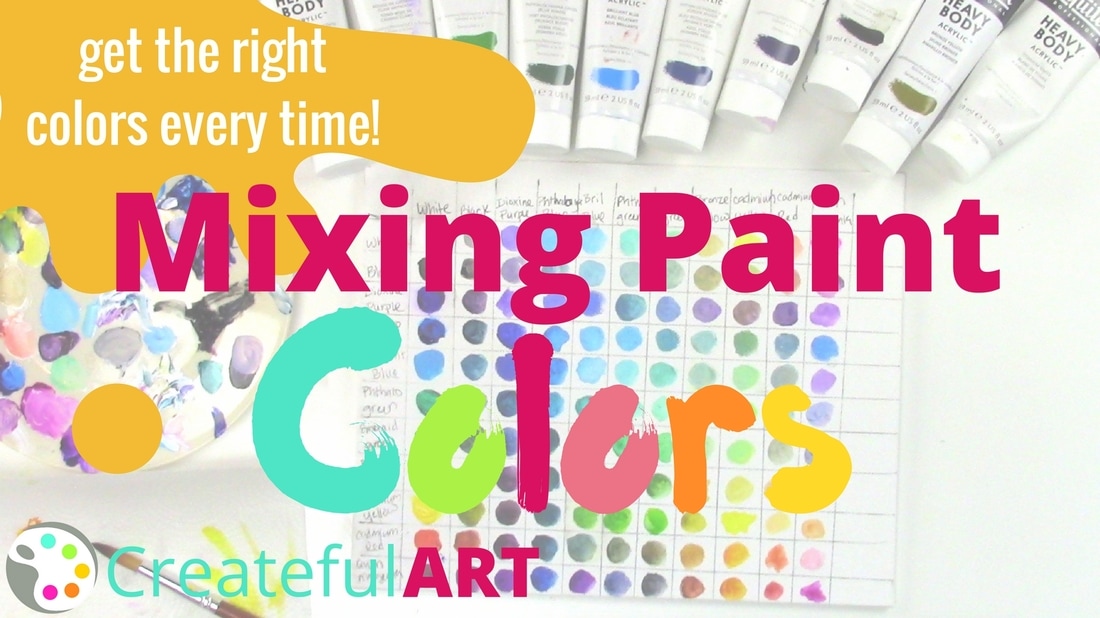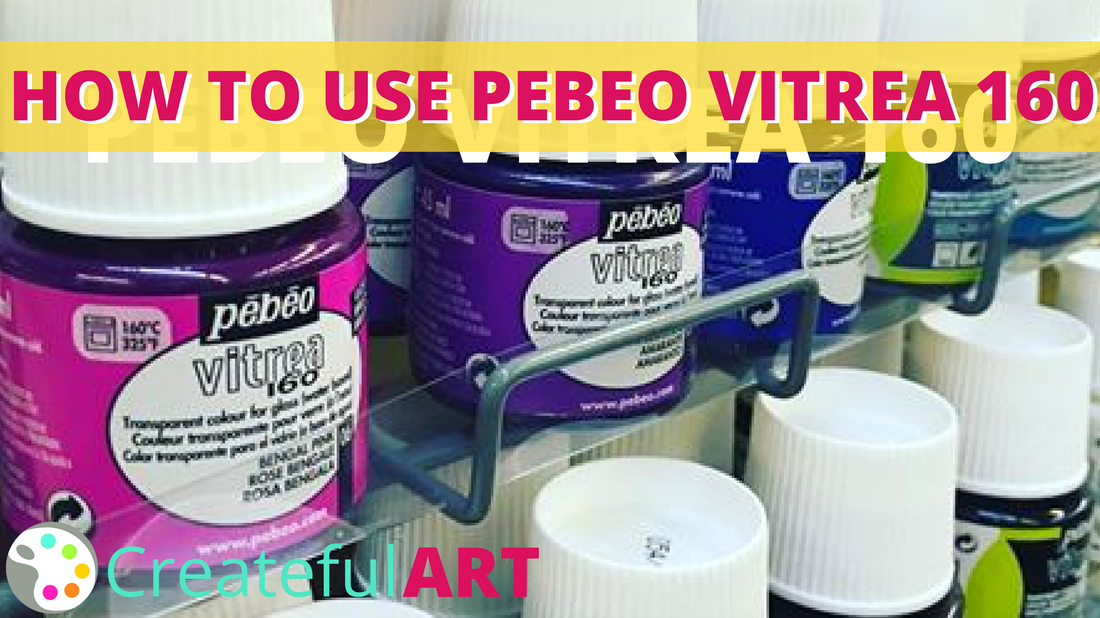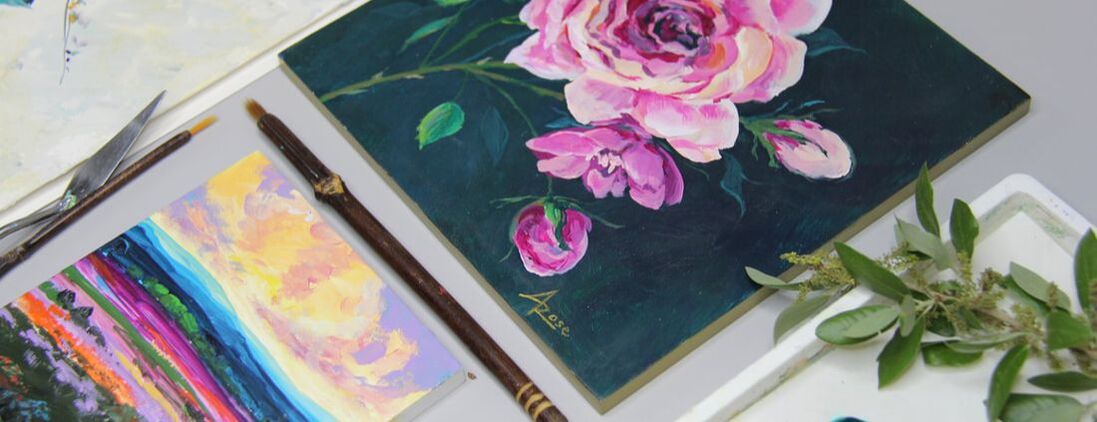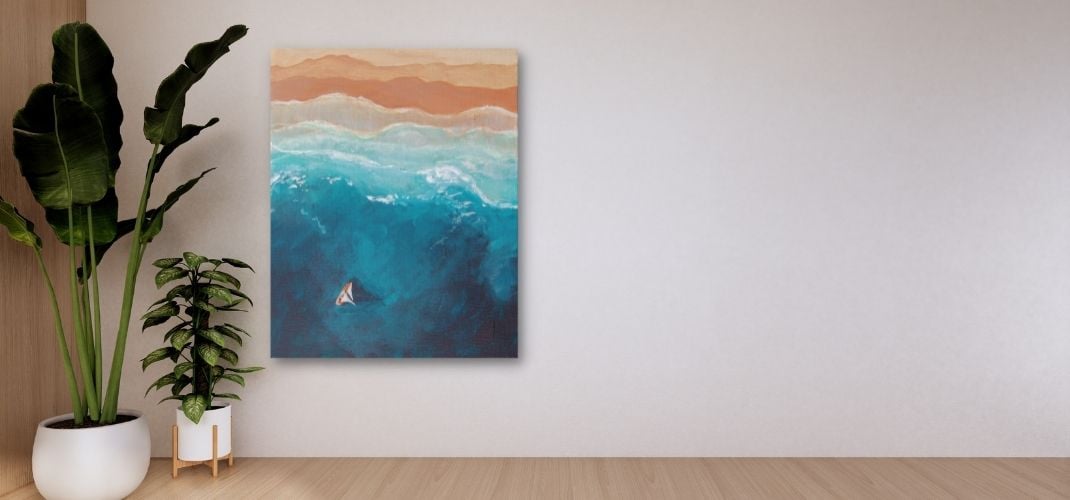For this lesson, a friend, Paintings by Justin, and I wanted to make a video together on the differences between oils and acrylics. Justin painted this ocean wave scene in oils and I painted the same scene with acrylics. We hope this helps you learn to paint. There are more details in the lesson below. Hope you enjoy it!
Here are the key differences between oils and acrylics:
1. Drying Times. Acrylics dry fast while oils dry slowly. Additives can be used for both speed or slow drying times. They are called fast-drying medium or slow-drying medium. I buy the ones that are the same brand as my paints.
2. Texture. Regular acrylics don't create as much texture while oils are made for texture. Additives can be added to both to create more texture or to smooth the paint.
- Acrylics. To thicken acrylics I get heavy body paints and you can also get a variety of texture mediums (like sand) to add to your paints. To thin paint with acrylics you can get flow medium, pouring medium or just use water.
- Oils are a bit different because they are thick in texture. If you want more you can put stuff in the paint (like sand) also. You won't find the same texture-type additives as with acrylics at the store, but you can still experiment and make them yourself. To thin the paints thinners are used. I get the "Thinner" in the brand the same as my paints.
3. Solvent. Acrylics use water as the solvent, which is thin paint and wash brushes. Oils use turpentine or mineral spirits to thin paint and wash brushes. There are water-mixable oil paints that I prefer to use so I'm not exposed to those chemicals.
4. Varnish
- Acrylics require no varnish as they are plastic and self sealing. However you can still use one to add more gloss or a matte look to your painting. Some artists claim that the varnish adds vibrancy to colors. I think that is the additional gloss that it creates. Because I use metallic paints I would lose the differences in finish between the metallic and regular acrylics so I don't use a varnish.
- Oils require varnishing to protect the painting. Make sure to select a non-yellowing archival quality varnish and to take note of the different types like gloss or matte and decide which you prefer.
5. Brushes. Both use long handles and can be natural hair or synthetic. For both, it can be beneficial to have a soft brush or stiff depending on your preferences.
- For oils, the natural hair holds onto the oils better. Oils can be left on the brush for longer times. You need to clean your brush with a special soap and condition your brush.
- For acrylics brushes must be cleaned as soon as you are not working with it or it dries, ruining your brush. You don't need anything special to wash your brush, just water.
6. Palettes
- Oil Paints- For oils a sealed wood palette is often used. To seal it use linseed oil. To clean you have to scrape the paint off with a scraping knife. A well-used palette looks stained and still dirty, but that is just how it goes. Plastic is not used because it is not easy to clean without ruining the plastic. You can use a cookie sheet with parchment paper on it. I like doing this because I can roll up my parchment paper with paint on it and stick it in the freezer to keep your oils from drying to clean just discard the parchment paper
- Acrylic Paints - I prefer to use a plastic palette because the paint when dry just peels off. It is nice to have a palette that will also keep your paints from drying. I use the Sta-Wet palette and it will keep my paints good for weeks with the lid on.
7. Surface. Acrylics and oils do better on a primed surface. On natural surfaces such as wood, rock, and metal acrylics do better. Oil paint seeps into natural surfaces separating the oil from the pigment and leading to cracking and peeling of the paint.
If you're wondering what paint to use acrylics or oils I hope this helps you make the choice that will be right for you.
If you have any questions just leave a comment.



